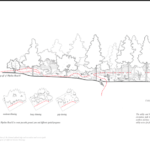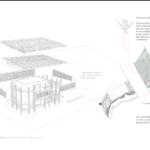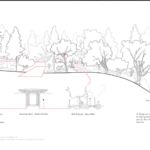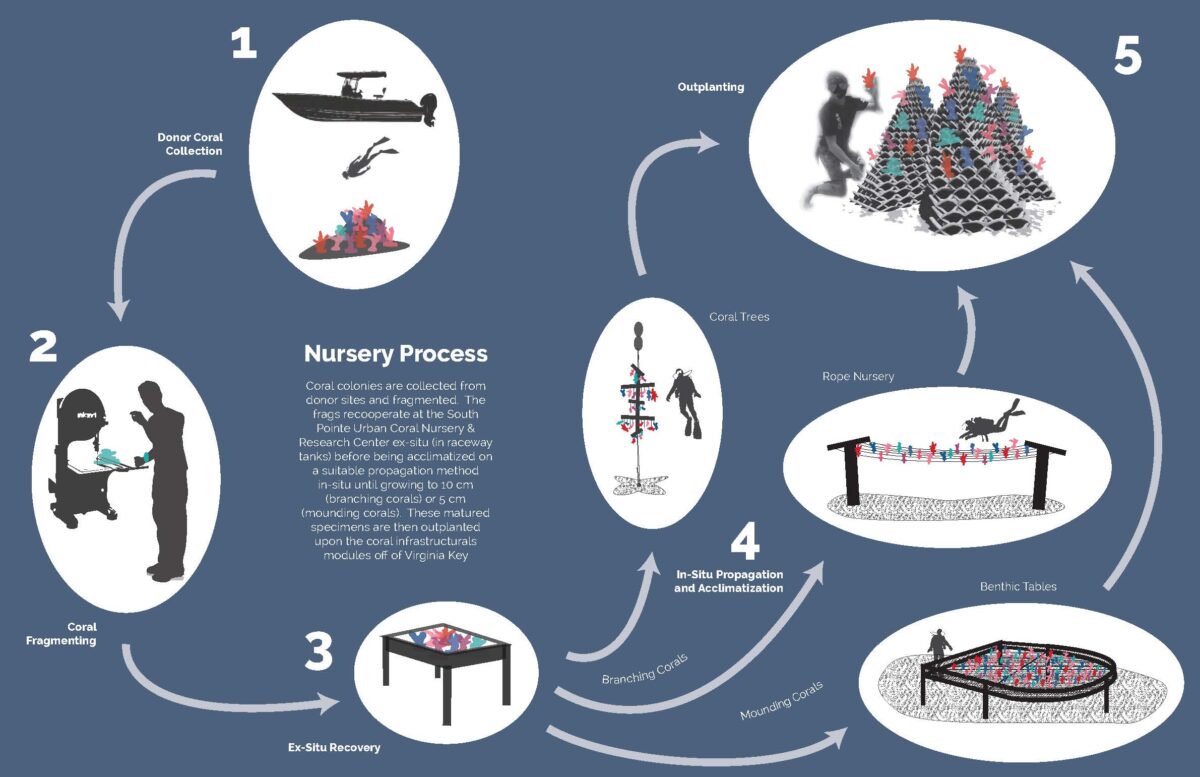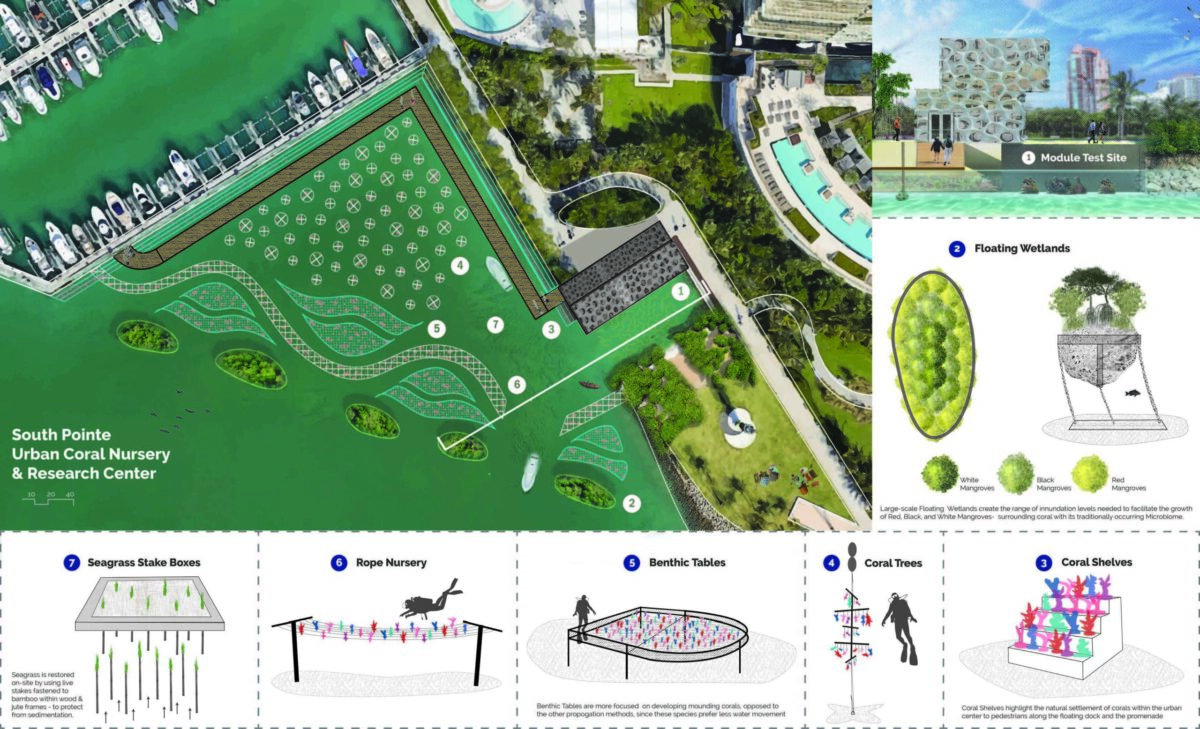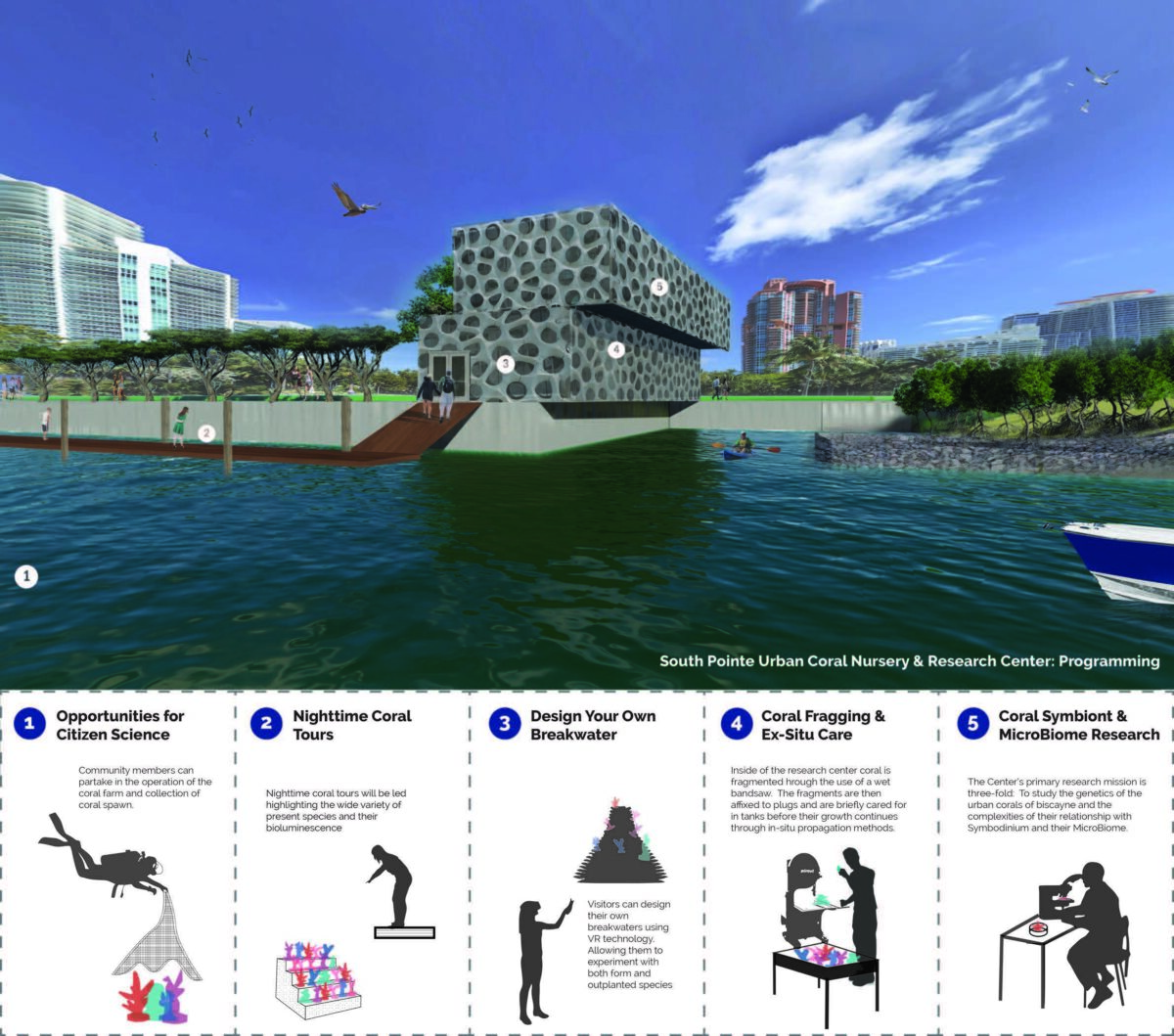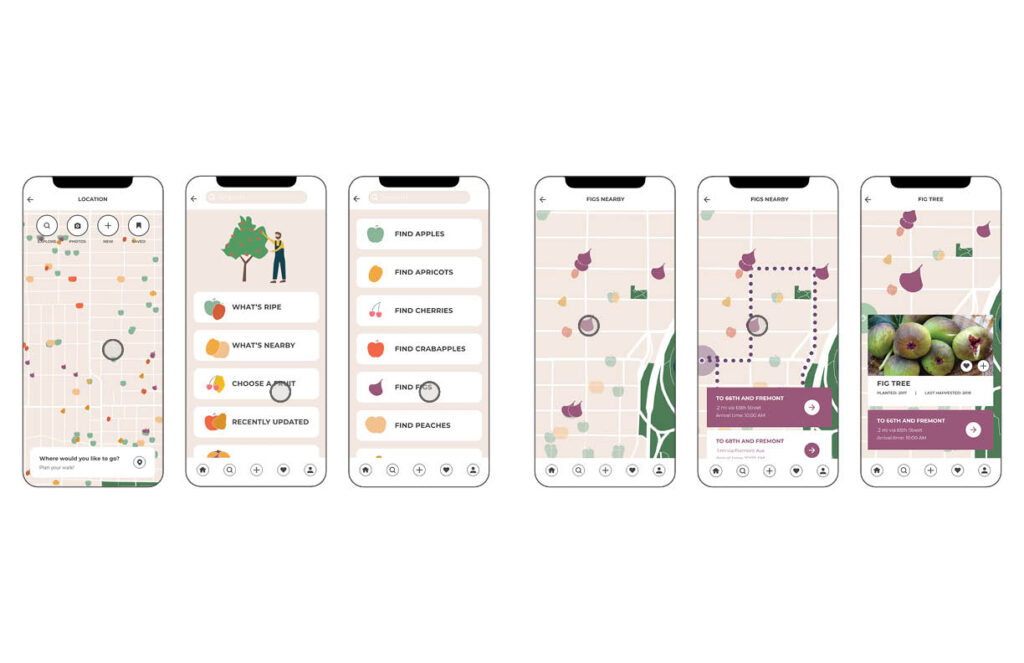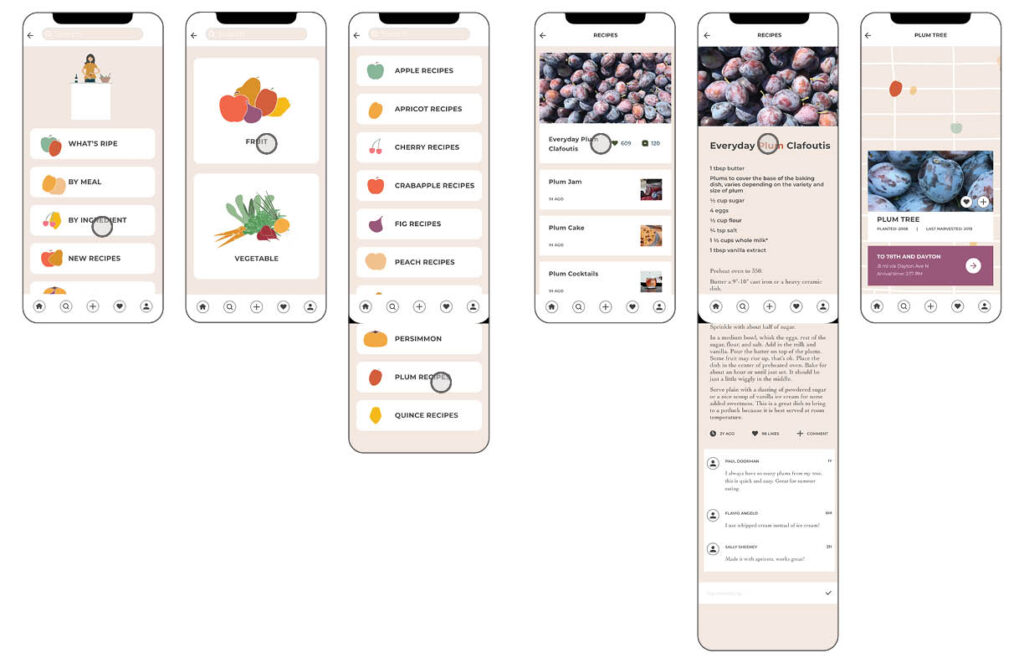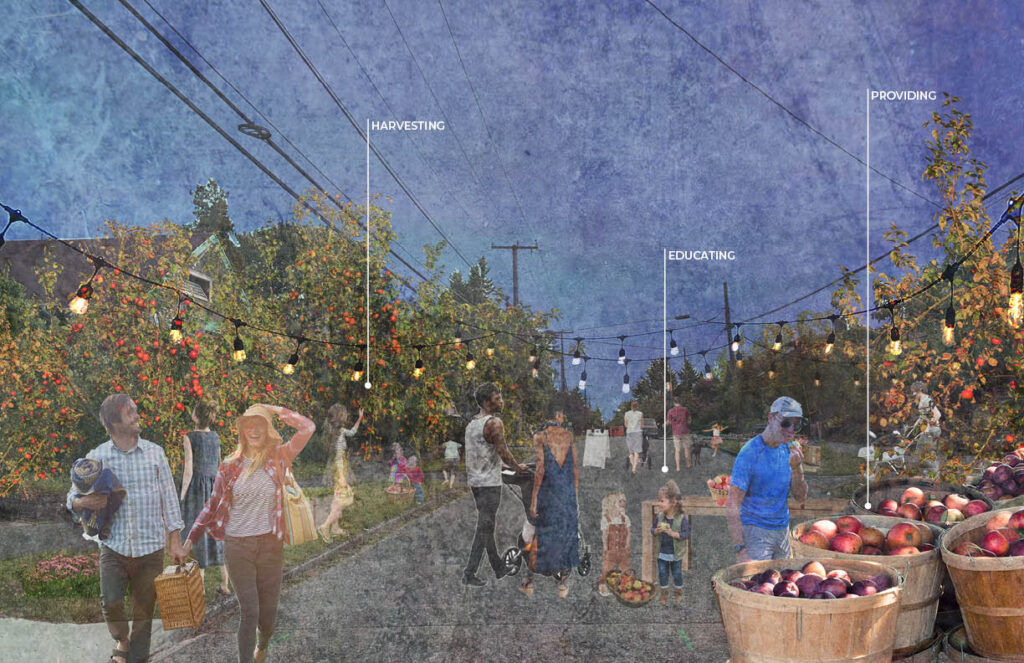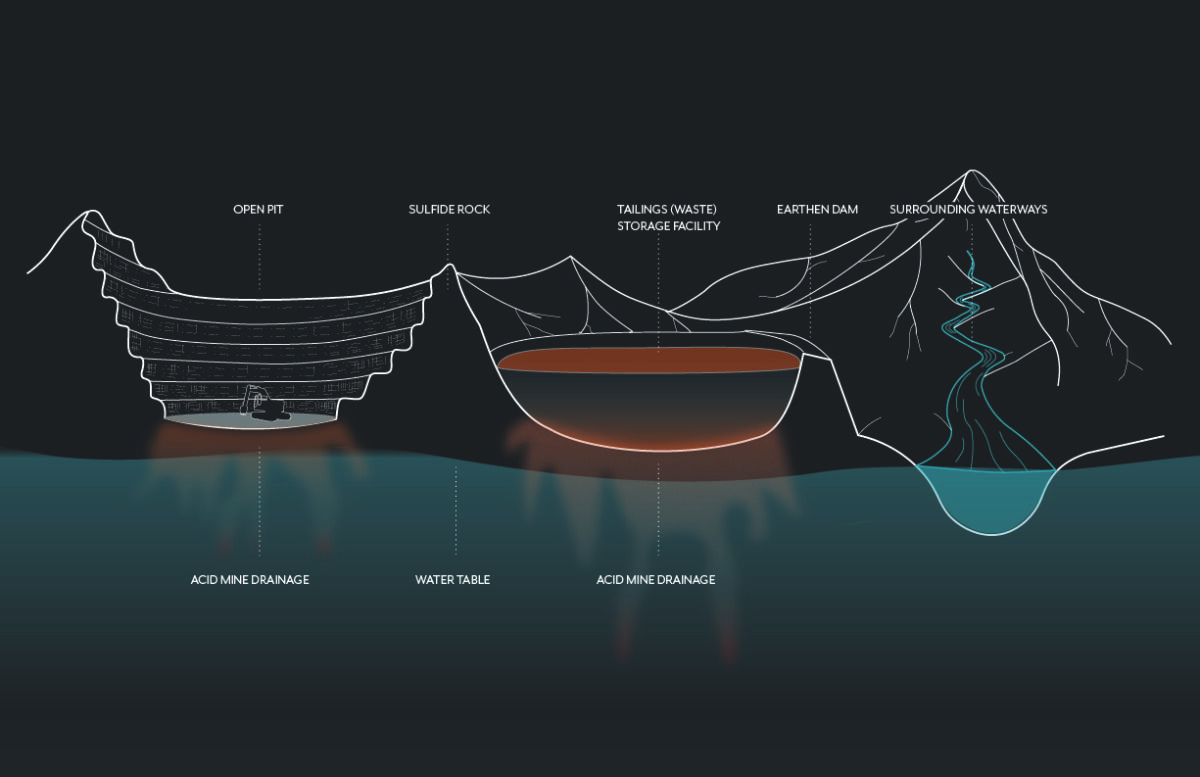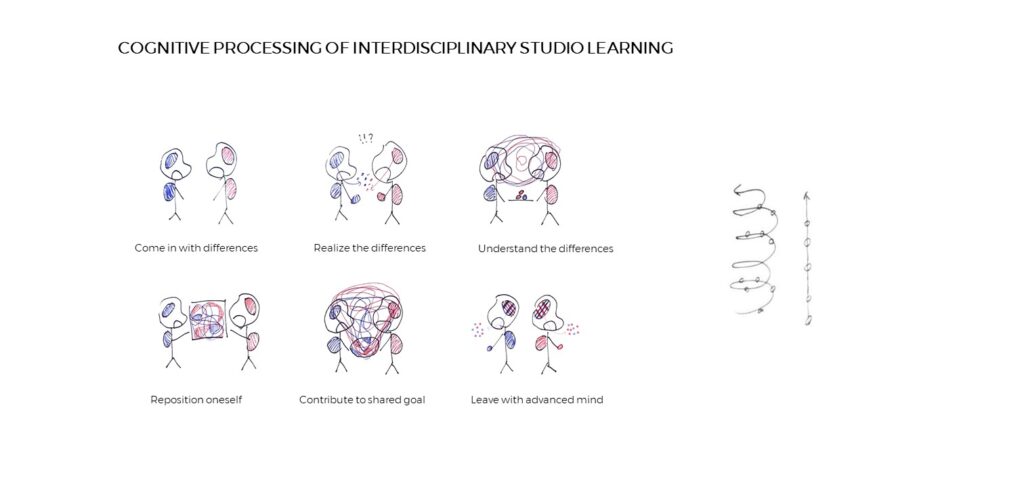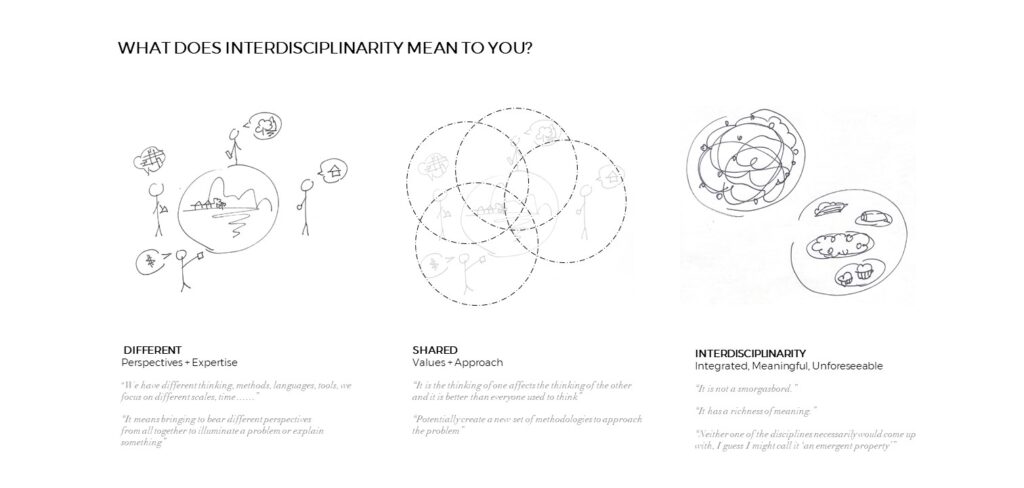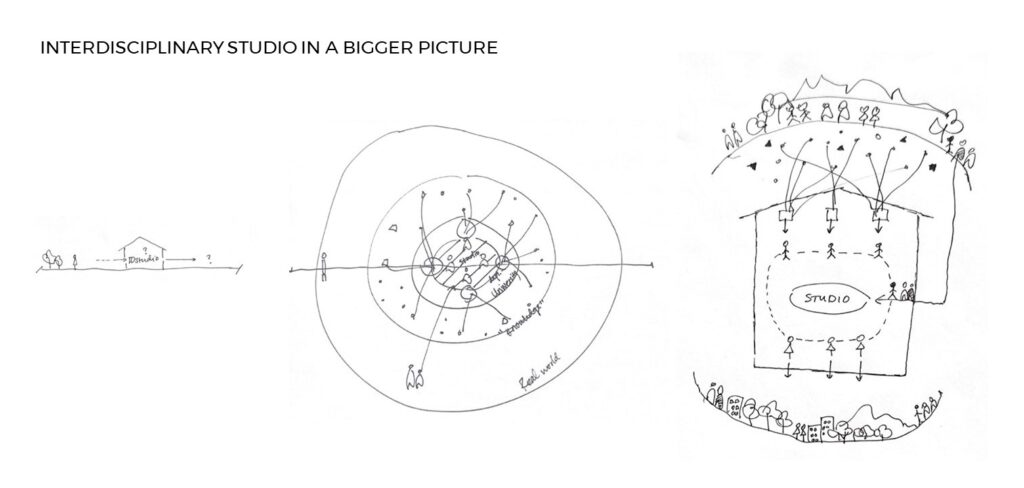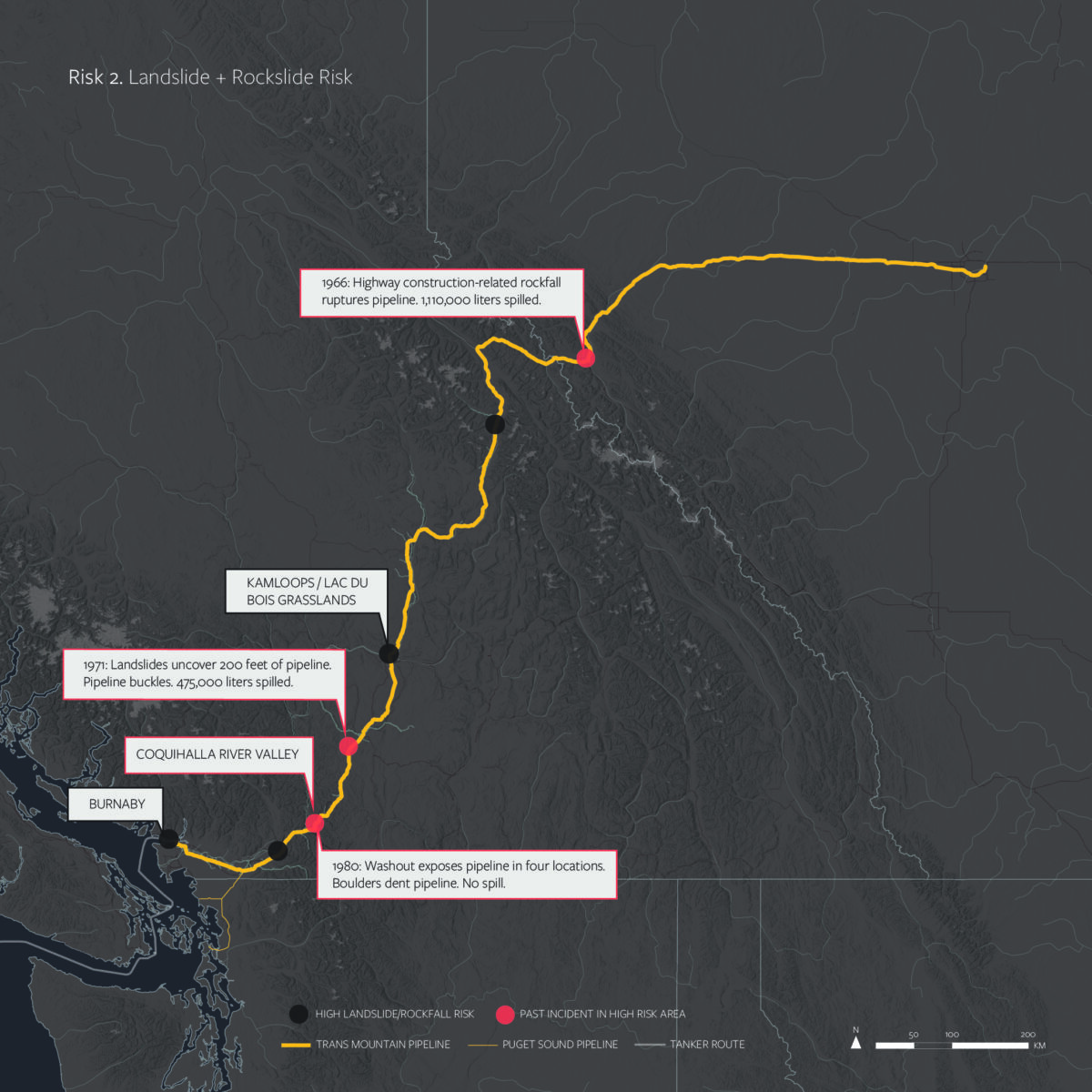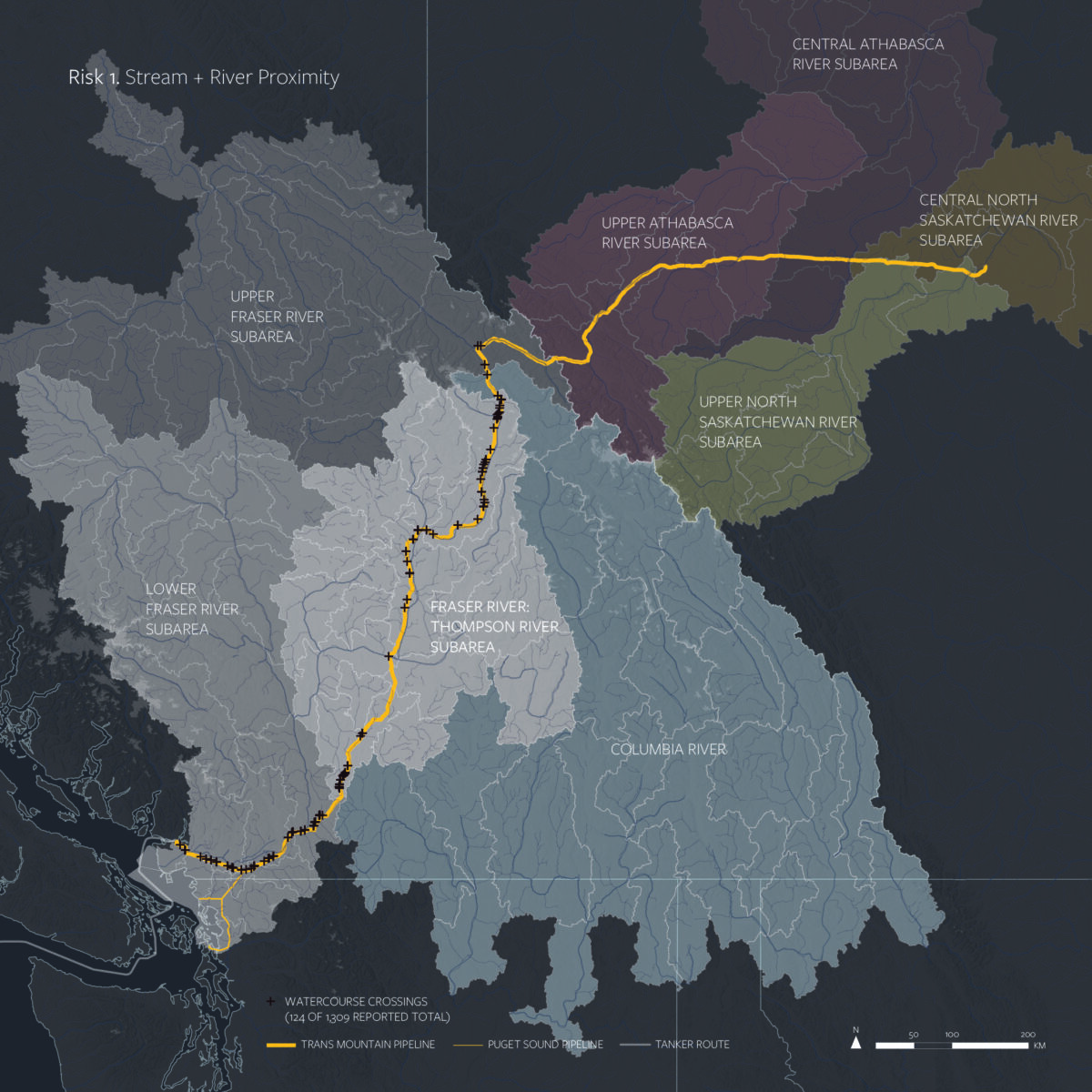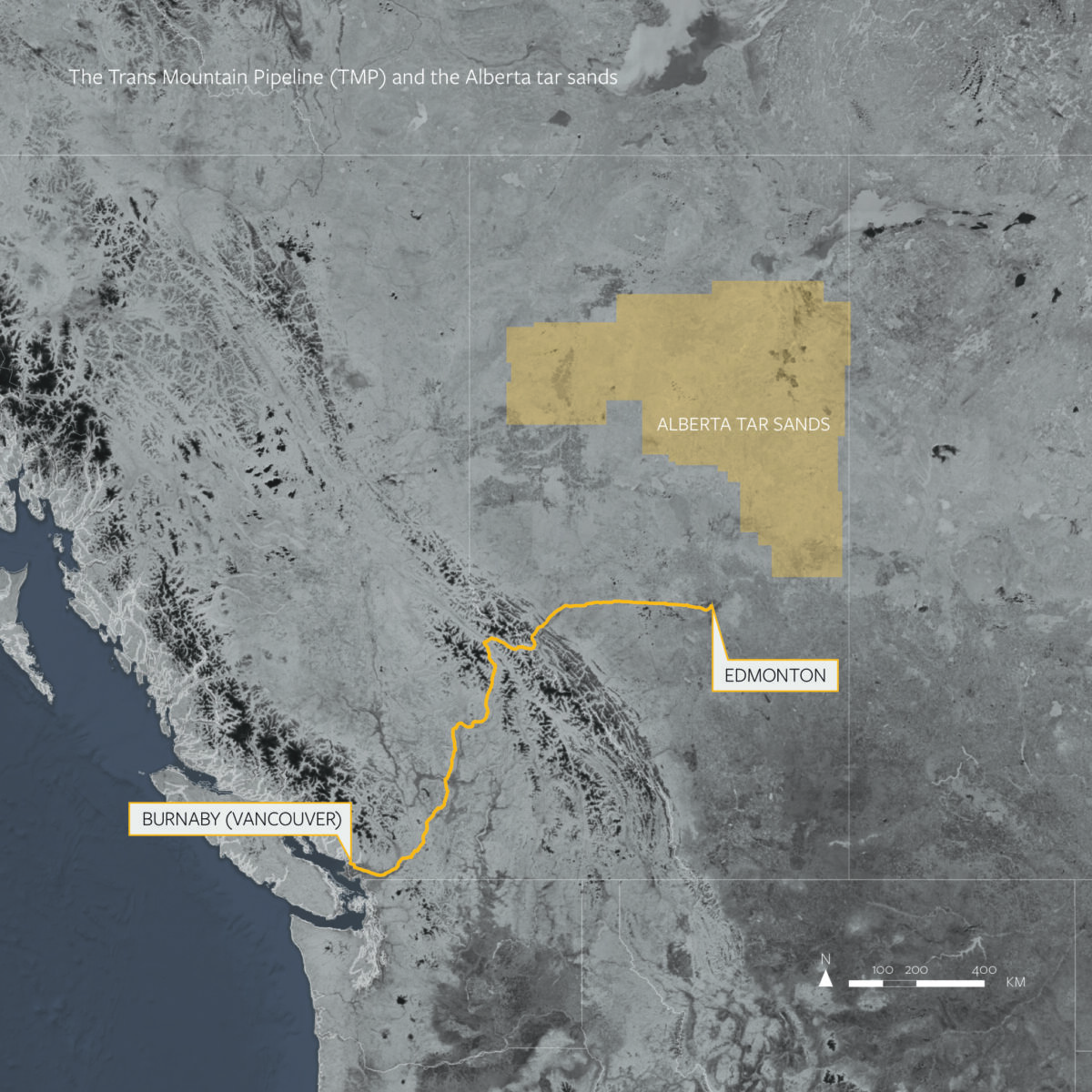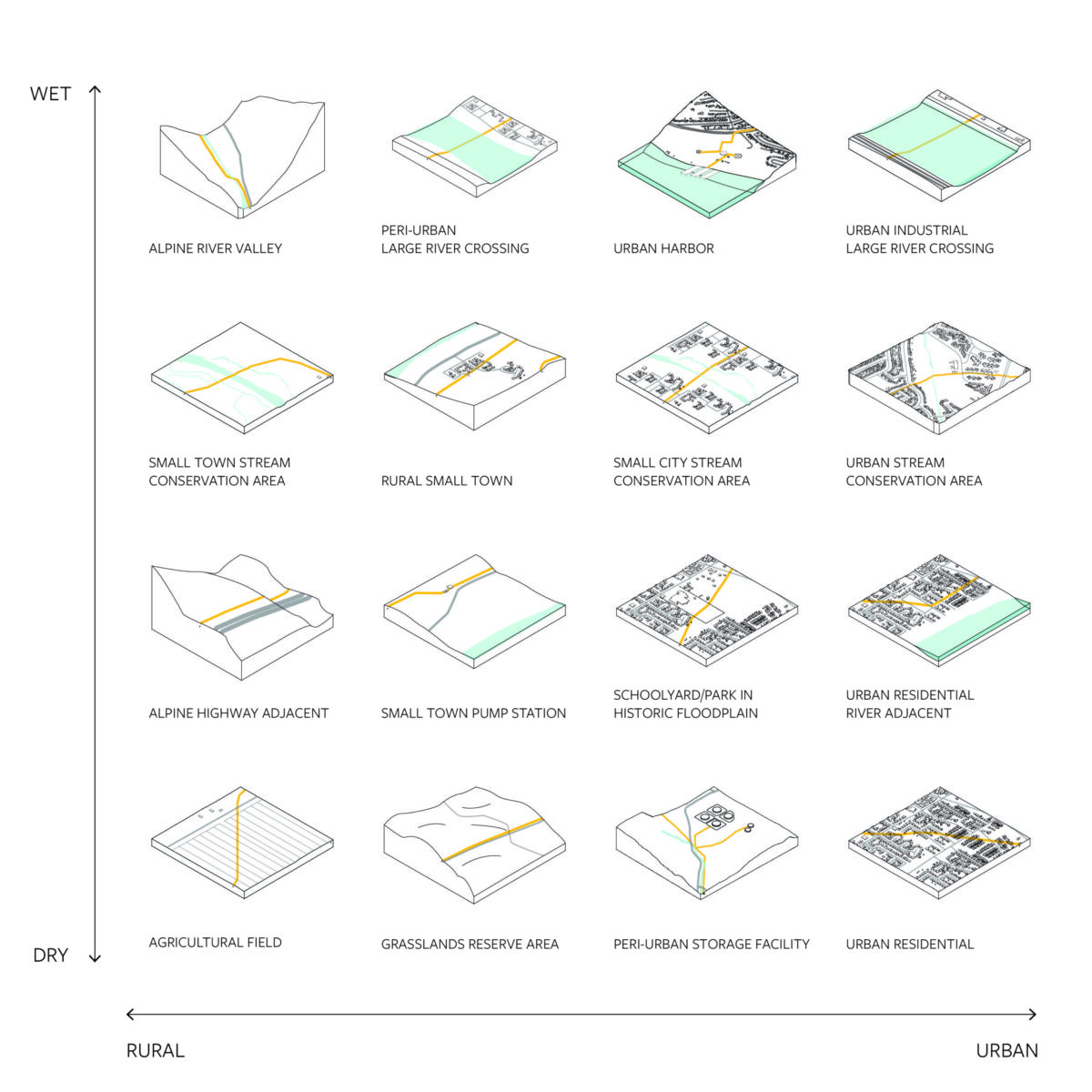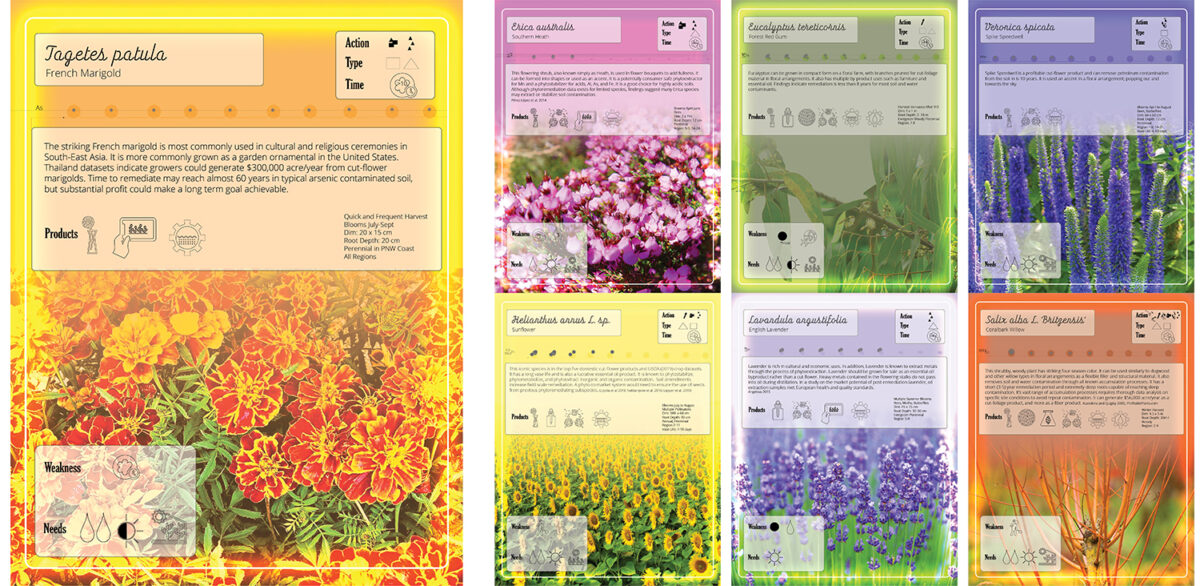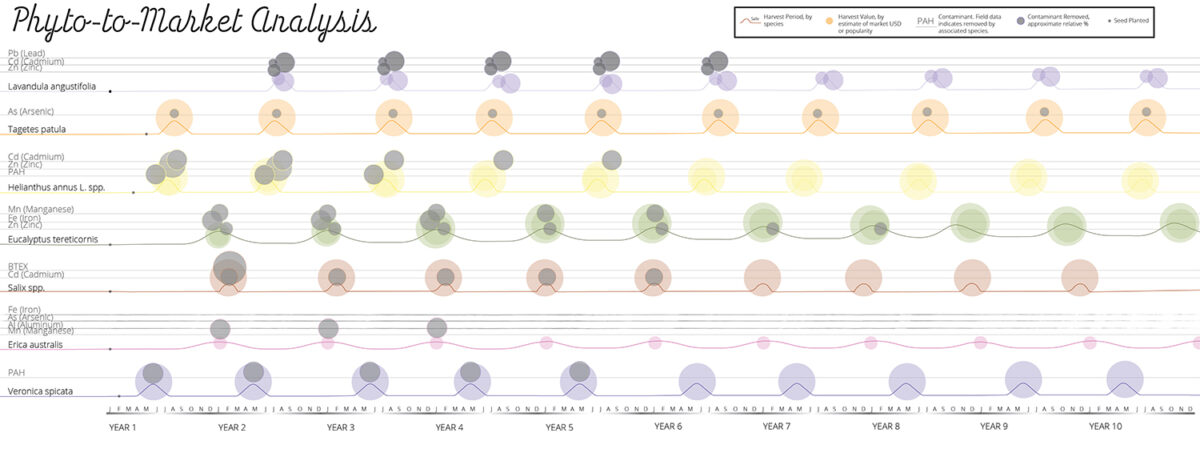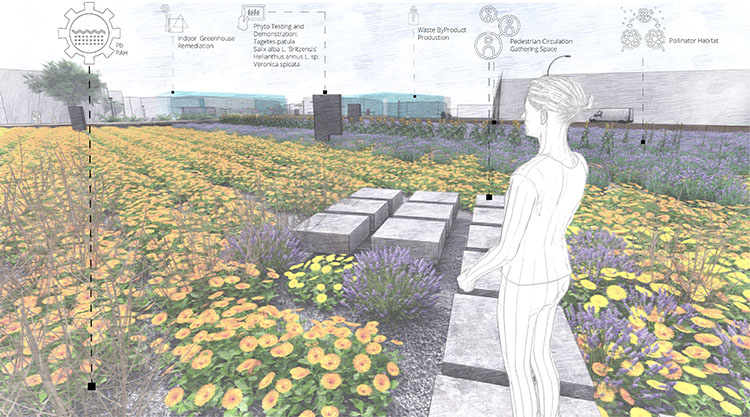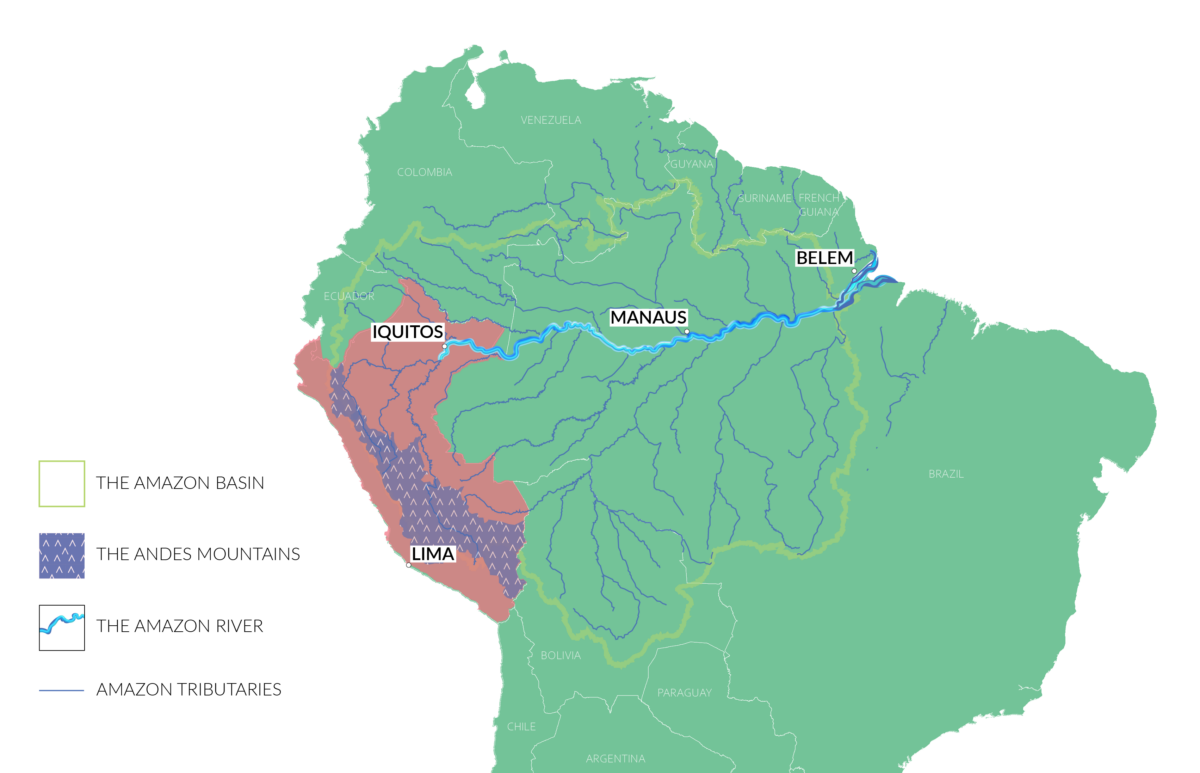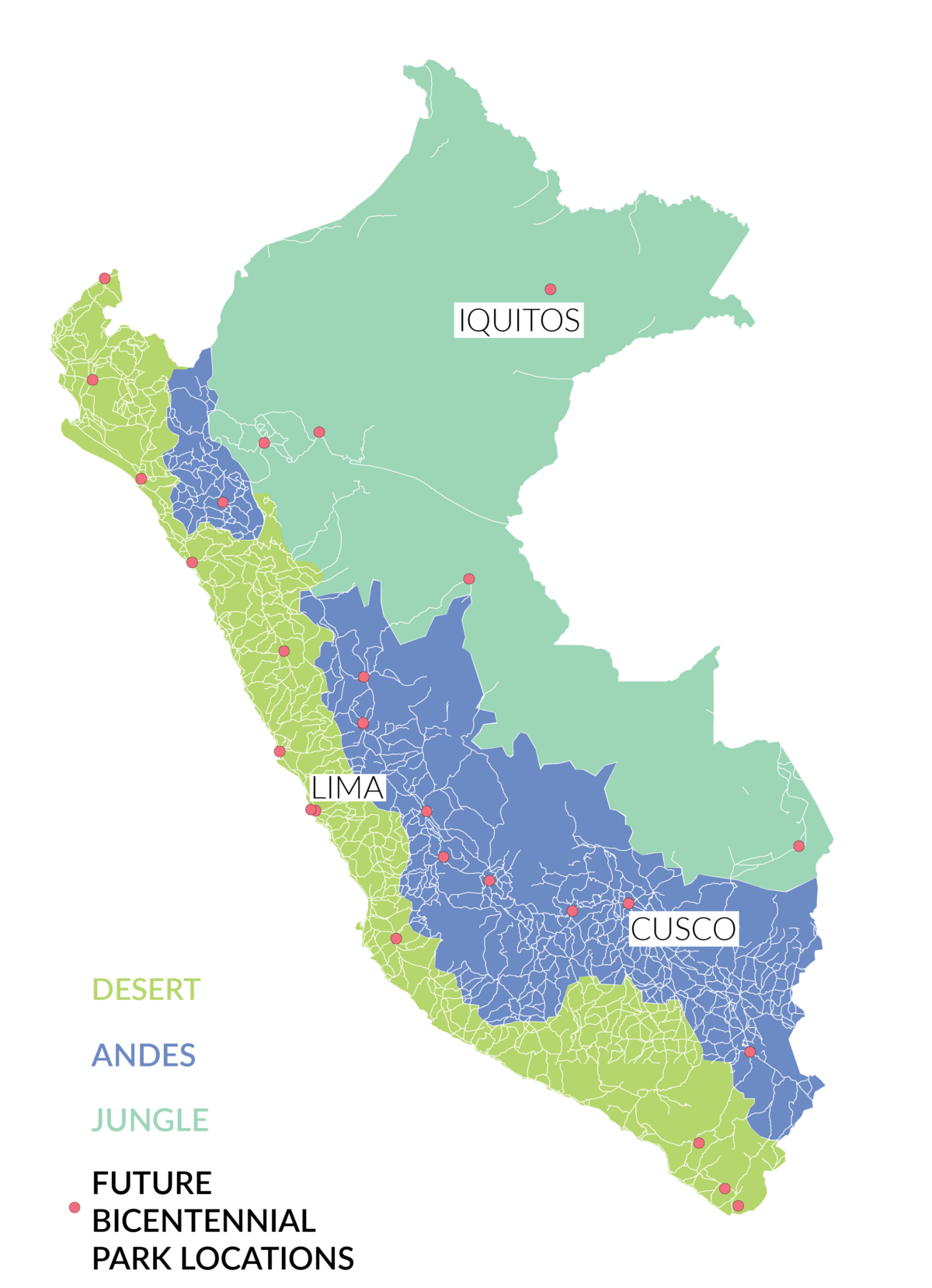Wood construction has grown out of the relationship between people and the landscapes they inhabit. Small diameter timber is a material that was once a key component of vernacular building around the world but is now problematized as a low-value byproduct of forest management. This thesis studies the material’s prevalence in Korean and Coast Salish architecture as a dimension of their respective traditional ecological knowledges. Their stories provide lessons that prompt us to question our contemporary relationships to materials and the landscapes that create them. To further explore this, I imagine Swan Creek Park in Tacoma, WA as a productive forest shaped over time by community memory, stewardship, and building.
Cohort: 2020
Design with Diploria: Coral Infrastructure for a New Coastal Future
Learn about Matt’s work at mattgrosser.design.
Nourishing Neighborhoods: Cultivating Local Food Connections in the Urban Environment
By tracing the history of food in Seattle, from the native plants that have long fed Coast Salish people to the globally sourced food imported today, this design research examines local food production systems in Seattle’s neighborhoods and how they can be enhanced for the future. How can urban food that is cultivated on public land nourish neighborhoods while providing opportunities for education and engagement? This exploration demonstrates how app technology, mapping, and recipes can connect communities to urban nature and food history.
Pier Pressure: Addressing Ecological Opportunities of Nearshore Infrastructure in Lake Washington’s Union Bay
This results in a much bigger ecological problem: the erasure of the critical nearshore habitat that supports all life in the lake. What innovations in nearshore infrastructure design can provide multifunctional benefits for people and the environment?
This design thesis considers the existing conditions of five representative zones along the University of Washington’s waterfront. Insights from restoration ecologists, engineers, local experts, and trends in aquatic infrastructure inform the design of this urban site. Pier Pressure proposes holistic solutions through a systems approach that enhances built interventions through ecological design.
Voices of Impact: Assessing the Felt Impacts of Open-Pit Gold and Copper Mining in British Columbia
View the project website
Exploring the Potentials of Interdisciplinary Studios in the University of Washington College of Built Environments
Marking Risk and Response: Design Interventions to Support Citizen Science Monitoring of the Trans Mountain Pipelines
See the project issuu page.
1. Sara Ann Wylie, Fractivism: Corporate Bodies and Chemical Bonds (Durham: Duke University Press, 2018), 36.
A Bouquet of Benefits: Floriculture and Ecosystem Gifts in an Urban Industrial Zone
This landscape architecture design research thesis proposes suitable floral species for a “phyto-to-market system” and an urban floral farm and phytoremediation demonstration garden. This design is situated within an existing industrial “Flower District” network in Seattle’s Georgetown neighborhood. If implemented, it could be a testing bed for phytoremediation, provide a new relationship to bouquets, provide safer routes for pedestrians between the park and bus routes, and provide an opportunity for urban farmers to remediate their soil while making a profit at the local farmers market. I invite you to learn more about my project in this PDF presentation or in the linked two-minute video walk through.
Read more about Elizabeth’s work at ourfutureenvironment.org.
Navigating Extractive Entanglements through the Synthesis of Infrastructure and Ecological Function in Iquitos, Peru
